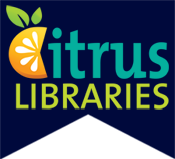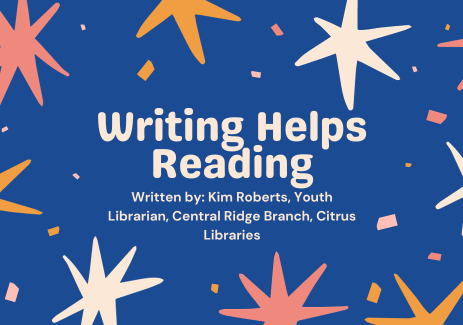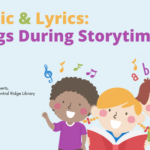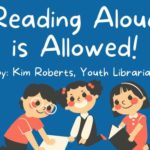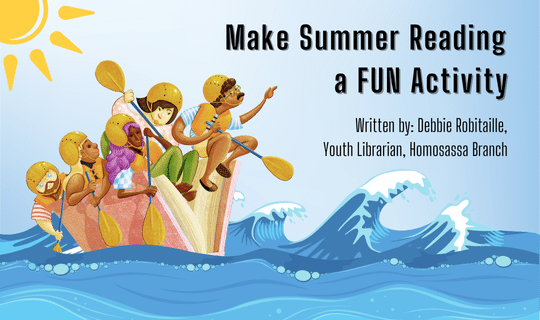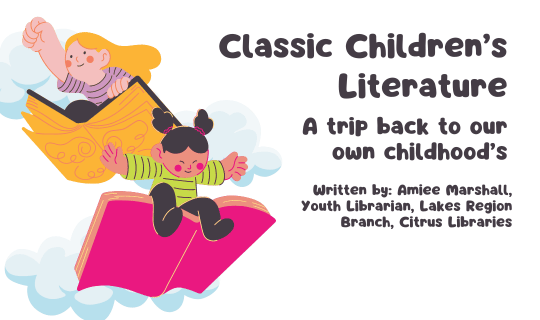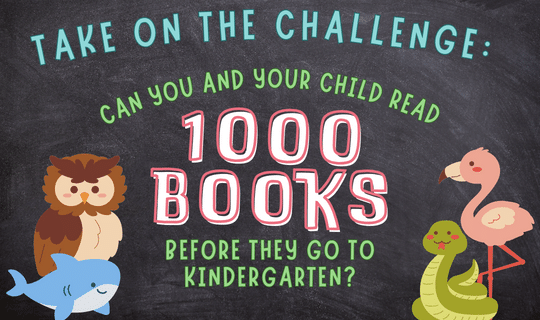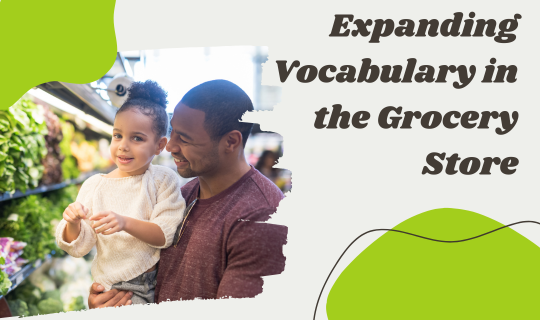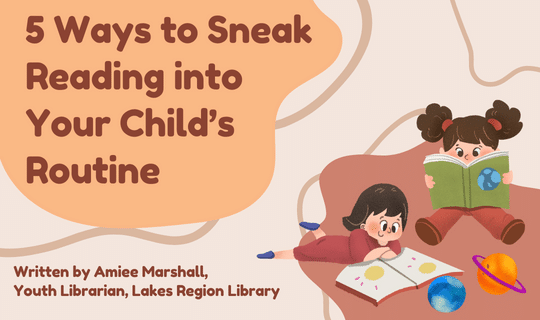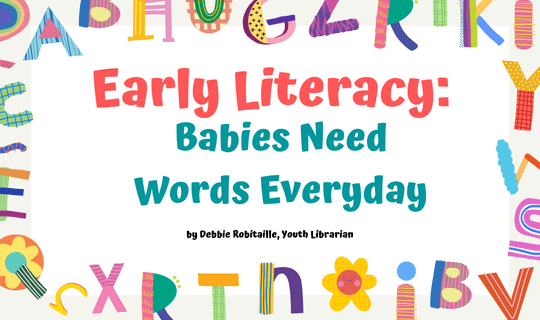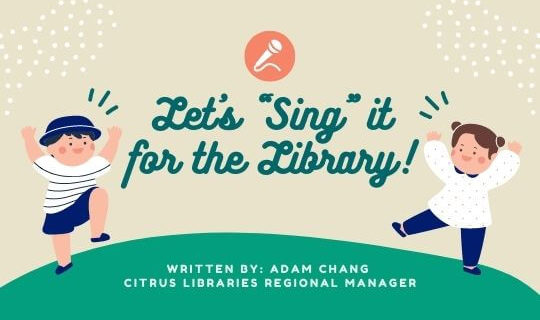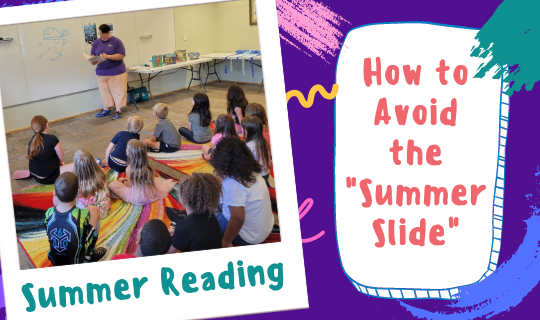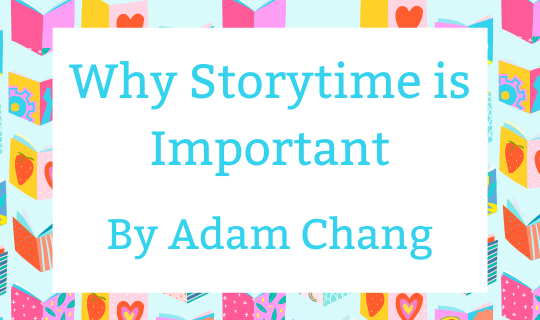Writing Helps Reading
Whether it’s painting their dinner plate with strained carrots or coloring all over the walls, children naturally want to leave their mark on the world. They learn early on that making sounds with their mouths and making scribbles on paper (or other surfaces) are ways to communicate. Reading and writing go together like peas and (strained) carrots. According to teacher and writer Mary K. Tedrow, “Reading is the inhale, writing is the exhale.” By the time a child is one year old, they can begin to hold a writing implement, such as a big crayon, and get creative. Children are naturally observant. Let them see you writing or drawing now and then, and they will be sure to follow your example. Do keep an eye out for teeth marks on the crayons, however!
Even coloring is a precursor to writing. Whether a child colors inside the lines or not, just the act of moving a crayon or marker across paper is helping them develop fine motor skills and hand strength, not to mention growing their brains! Provide blank paper and writing utensils and allow your child the freedom of expression. Childhood coloring can translate into better handwriting in the future. Understand that at first, they will tell their own stories through pictures. Encourage them to use their imaginations and make pictures, and then ask them to narrate out loud the story that the pictures tell. In time, you will find they start to add “words.” Even if those words are indecipherable shapes, lines, and blobs, they do mean something. Your child will enjoy educating you if you ask for an explanation! Don’t be tempted to correct them at this point –identifiable letter formation will come in time. Letting them make the connection that the pictures and scribbles that they produce can say something is enough.
When your child starts school, continue to encourage their learning at home through play. Alphabet blocks and magnets, as well as reading aloud to them on a daily basis will reinforce what their teacher is practicing in the classroom. In addition to encouraging coloring and drawing on paper, perhaps let them try a drawing and/or writing app for kids. The children of our youngest generation need to develop digital fluency along with traditional skills. Good thing they are pre-wired for learning!
And, the first time your kid hands you a homemade card that says, “I LUV POO YUU,” your smile alone will encourage them to keep up the good work.
For further information visit your local branch of the Citrus County Library System and ask about our children’s programs. Classes are held throughout the county on a wide range of topics and subjects. For additional information about programming please call your local library branch, go to the library’s website, citruslibraries.org, or follow Citrus Libraries on Facebook and Instagram at @citruslibraries.
Looking for some books to help you learn more? Try these:
Books to consider (for adults): The Reading Strategies Book, by Jennifer Serravallo
Books to consider (for children): One Smart Cookie, by John Nez, Frank and Bean, by Jamie Michalak, The Smart Cookie, by John Jory

